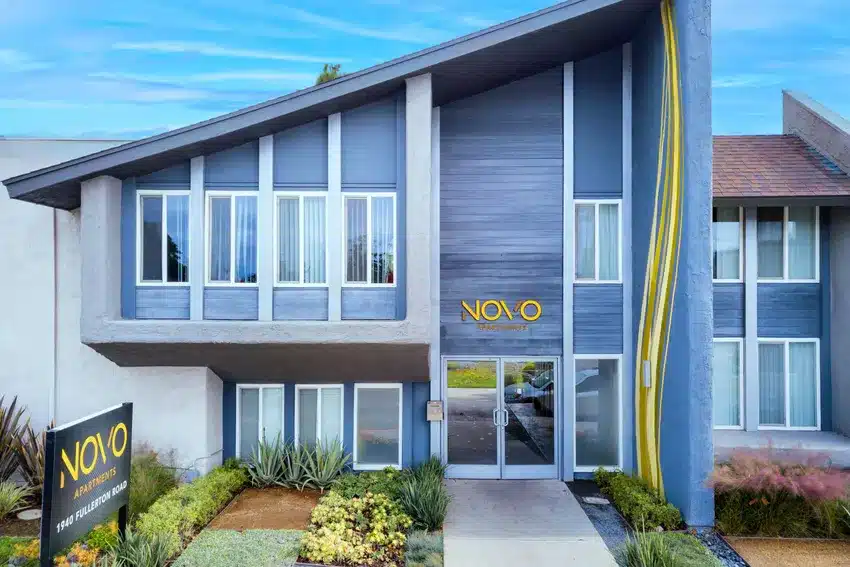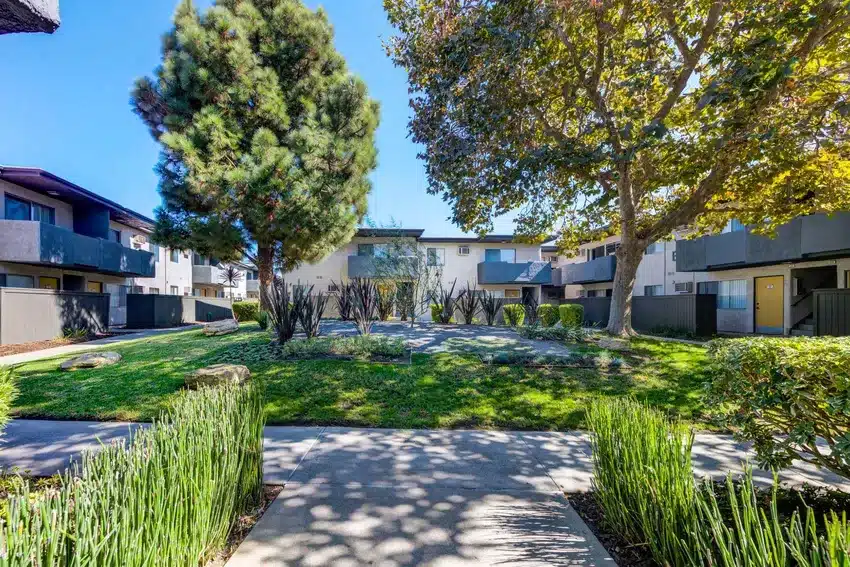California Housing Finance Agency’s First Preservation Equity Deal

By Mark Fogarty
5 min read
Though the Low Income Housing Tax Credit has long been a bedrock of the affordable housing industry, developers are always searching for additional products to get deals done. One such promising vehicle is preservation equity.
Though a broad practice, preservation equity is essentially the deployment of capital—independent of other subsidies—to preserve existing low- to moderate-income rental housing. In many instances, preservation equity deals are a result of an individual investor acquiring property with the express intent of preserving its affordability.
Community HousingWorks (CHW) recently completed a unique preservation equity deal at the 126-unit NOVO Apartments, a formerly market-rate community located in the Eastern Los Angeles County community of Rowland Heights. National Equity Fund (NEF) served as the real estate investment manager, CHW acquired and operates the property. Involvement from the California Housing Finance Agency (CalHFA) allowed access to the welfare tax exemption.

The deal closed on May 29, 2025.
A Streamlined Financing Package
Completed without any LIHTC support, CalHFA director of multifamily operations Stephanie McFadden calls the transaction, “a creative financing option.” CalHFA’s inclusion in the deal to provide access to a welfare tax exemption lowered the overall cost of capital, helping to get the deal done. “I do think it is a great model for naturally occurring affordable housing,” McFadden says, explaining that the agency will seek to replicate this creative financing structure for future deals.
Unlike most LIHTC deals, which can have complex capital stacks, the $42 million NOVO Apartments deal had only three sources of funding: a $25 million loan from Freddie Mac, $16.4 million in equity provided through a single investor fund managed by NEF, and $900,000 in capital provided by CHW.
By bypassing LIHTC, McFadden says that the deal was able to operate on a shorter timeline than traditional LIHTC while avoiding the program’s competitive nature.
The deal’s preservation equity strategy also heavily reduced the project’s overall cost, says Brandon McCall, NEF’s vice president of structured finance. At under $350,000-a-door, “I’ve not seen a California affordable project cheaper in years,” McCall says.
The two-story garden-style complex was built in 1974 and was formerly market-rate units. However, rents at NOVO were low enough to house tenants earning 80 percent area median income or less, qualifying it as naturally occurring affordable housing (NOAH). The long-term affordability of NOAH units—fast disappearing in California—is a key goal of preservation equity.
As part of the deal, CalHFA required that the project set aside ten percent of units for tenants earning 50 percent AMI and restrict the other 90 percent of units to renters at 80 percent AMI. These rent restrictions are to last for a minimum of ten years, guaranteeing that the NOAH rents won’t disappear any time soon.
Outdoor amenities include a fitness area, pool/cabana area, a grill, a sundeck, a courtyard, and covered parking spaces.
Advertisement
Expanding the Preservation Equity Pipeline
Building on NOVO’s success, McFadden says that CalHFA is now “exploring how we can get more involved in the preservation space.”
This is the first preservation equity deal that NEF has done with CHW, though the organizations have worked together since 1992, collaborating on three preservation debt deals and over 20 LIHTC deals.
Preservation equity serves as “complementary” to LIHTC deals in the broader picture of affordable housing, McCall says. The practice is “significantly simpler” than LIHTC, he says, and provides a vital alternative for deals where traditional tax credits cannot work.
Though NOVO provided naturally occurring low rents, McCall says that had CHW not stepped in to preserve the units, there was a good chance the apartments would have been sold to a market-rate buyer who could have increased rents and potentially displaced tenants.

The lower cost and quicker timeline, all in service of affordability, are attractive for McCall. “We’ll definitely do a lot more of these,” he says. “There’s a big need in the market.”
Beyond simply preserving the units, McCall also stresses that the deal deepens the project’s overall affordability for tenants by restricting ten percent of units for renters earning 50 percent AMI or below.
Started in 1987, NEF is a nonprofit real estate investment manager for multifamily affordable housing with a mission to expand the creation and preservation of affordable housing. In that nearly 40-year history, the organization has invested over $27.2 billion, representing almost 260,000 new or preserved affordable homes, according to numbers released by the company last year.
CHW is nearly as old, having been founded in 1988 with a mission to develop, rehabilitate, and preserve affordable housing in California and Texas. Today, CHF has 53 affordable communities across both states, serving more than 12,000 residents.
Preservation Equity Advantages
- Does not use the Low Income Housing Tax Credit;
- Avoids the highly competitive demand for nine percent LIHTCs and bonds in California;
- Fewer financing sources make for a simpler execution;
- Speed to closing can be faster than LIHTC; and
- Provides equity source for acquisition/rehab deals.